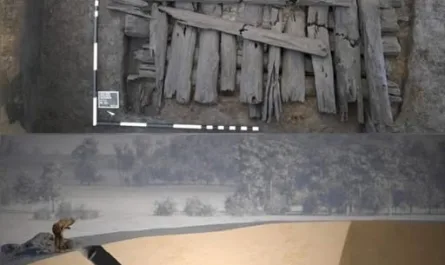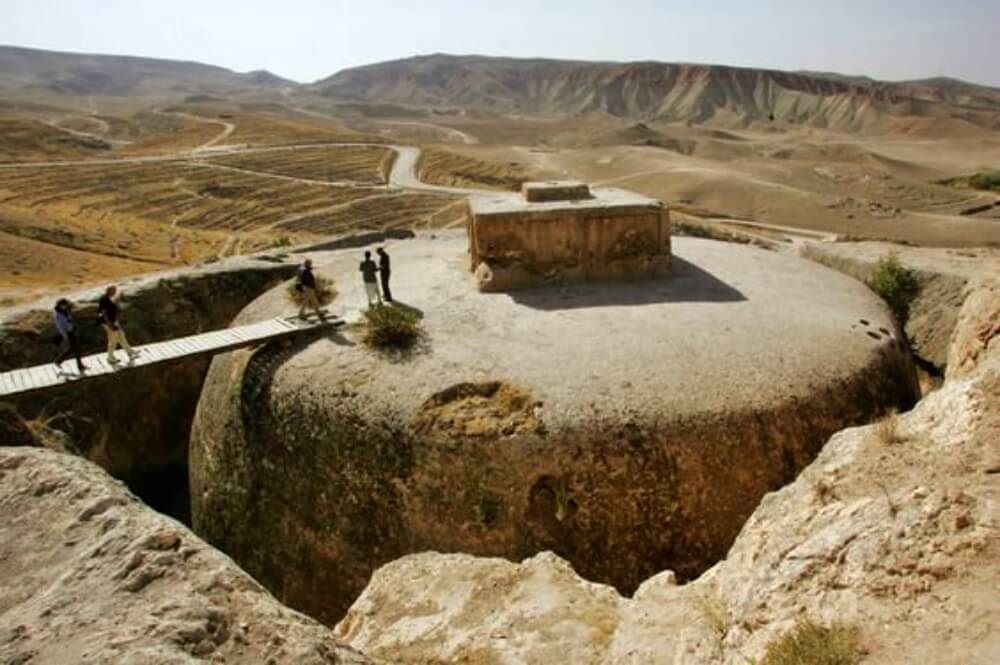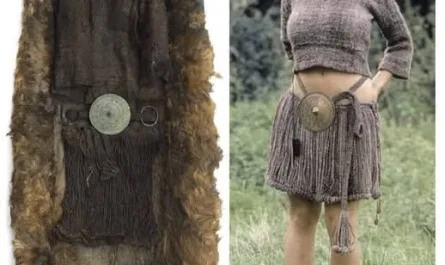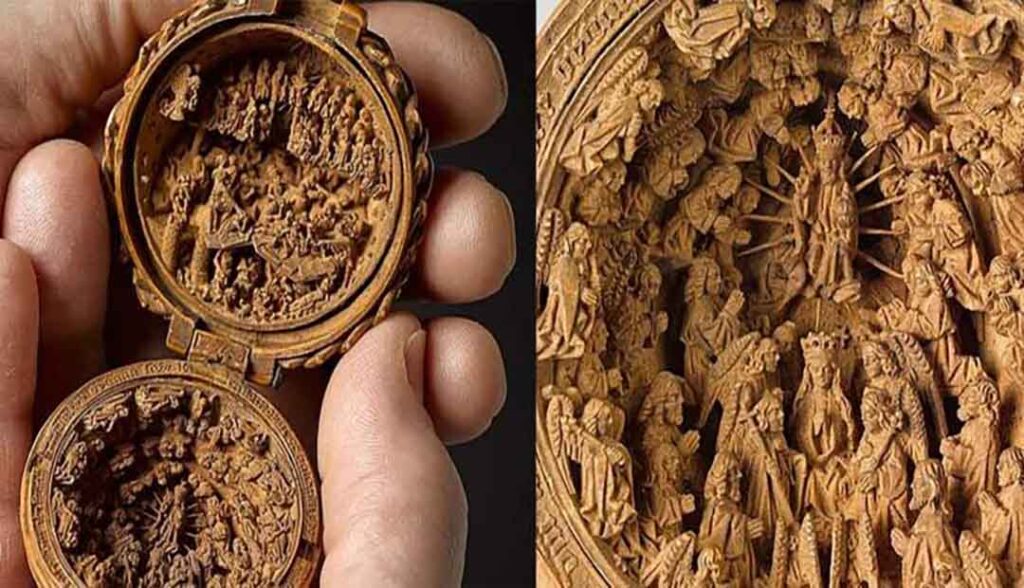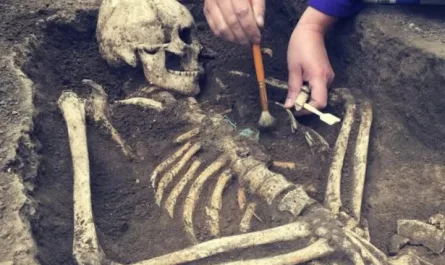The Kailasa Temple is number 16 out of 32 cave temples and monasteries collectively known as the Ellora Caves in Maharashtra, India. However, it is considered to be one of the greatest and most remarkable cave temples in India because of its size, and the engineering that went into carving the temple out of one single piece of volcanic rock from the top down!

The Kailasa Temple Mystery: How Was It Built?
The great Kailasa temple (also known as the Kailash or Kailasanatha Temple) mystery revolves around how the temple was built. It is most notable for its vertical excavation; the carvers began at the top of the rock then carved their way downward. This was a traditional excavation method in India that was overseen by a master architect. Amazingly, the temple stands 60 feet (18.29 meters) tall and 200 feet (60.69 meters) wide.
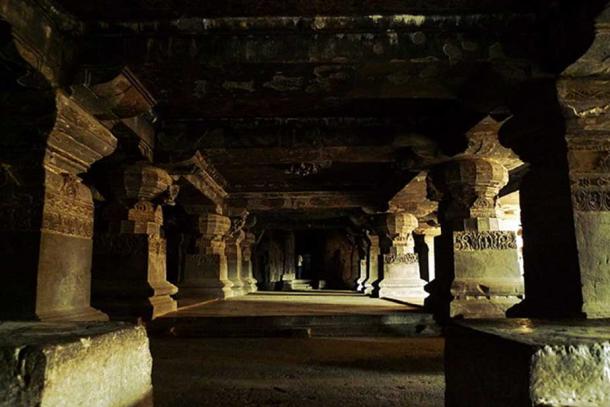
Picture of the hall on one side of the main structure of Kailash Temple. (CC0)
It’s possible that the temple is based on the Virupaksha temple at Pakkadakal as well as the Kailasa temple at Kanchi, but it is not an exact replica. The entrance to the temple courtyard has a “gopuram,” which is a monumental gatehouse tower. Just past this, deities line the walls, to the left are followers of Lord Shiva, and to the right are followers of Lord Vishnu. It is possible that the temple gets its name from an important sculpture sitting in the main temple. This sculpture depicts Ravana shaking the Kailasa mountain, and it is considered to be one the finest pieces of Indian art.
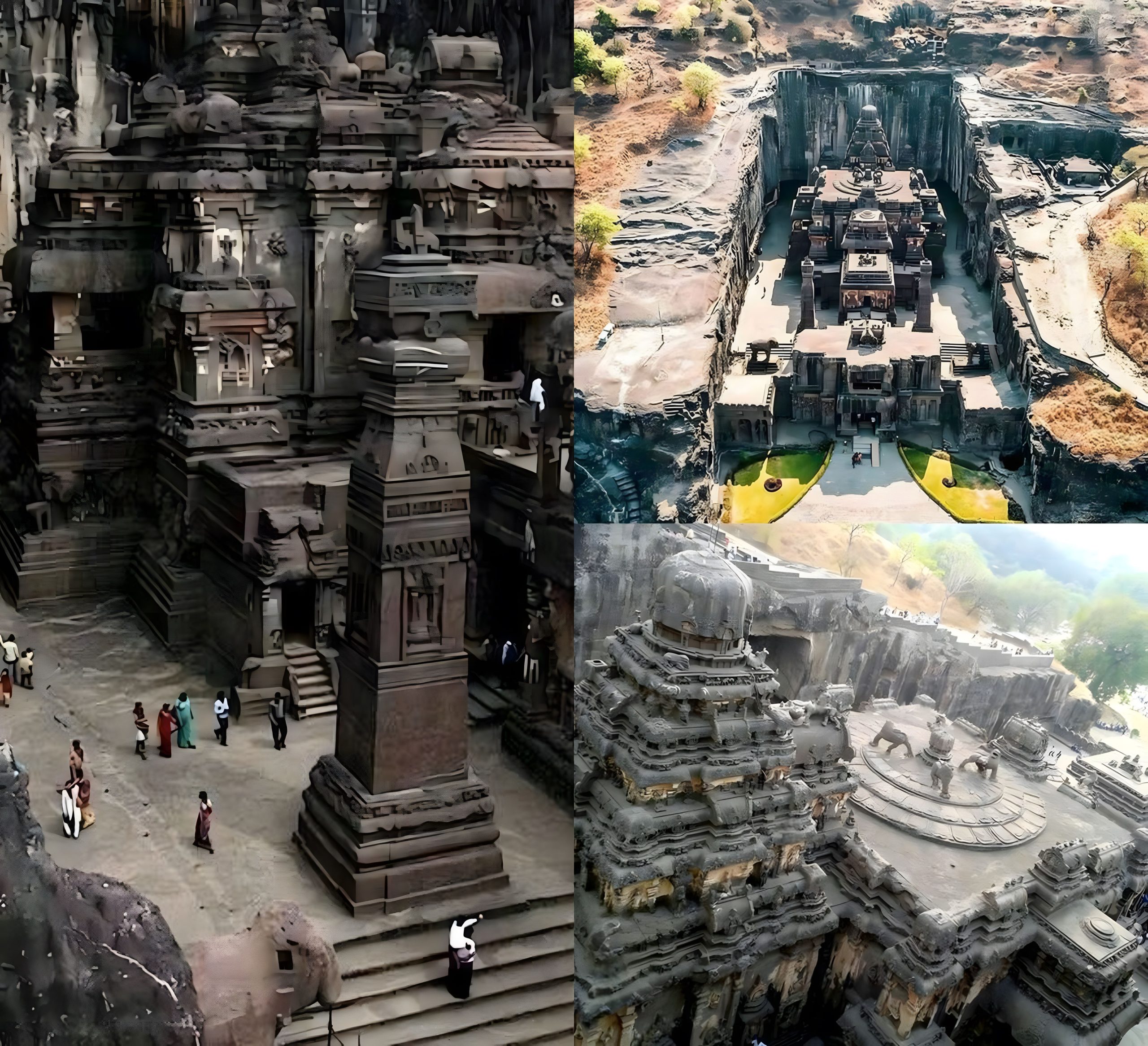
Moving past the entrance, a two-storeyed gateway leads to a U-shaped courtyard, which is edged by a columned arcade nearly three storeys high. The arcade houses huge sculpted panels as well as sculptures of various deities. Originally flying bridges made from stone connected the arcades to the central temple structure, sadly these have all fallen.
Within the courtyard, there is the main shrine dedicated to Shiva. This shrine was carved with niches, plasters, windows, columns, inner and outer rooms, gathering halls, images of deities, and a stone lingam (an abstract representation of Shiva) at the center. Similarly, the base of the temple was carved to look like elephants were holding the whole structure up. This shows how extremely intricate the temple is – especially considering it was all once one big rock!
Who Built It and How Long Did It Take?
Although it is there is no record, the Kailasa temple in India is commonly attributed to Rachtrakuta king Krishna I (ca. 756-773 AD). Originally, it was suggested that the temple was built in a mere 19 years. However, based on the multitude of distinct architectural and sculptural styles present in the temple, combined with its enormous size, some scholars believe that it was built over centuries. M. K. Dhavalikar concludes that a major portion of the temple was completed during the reign of Krishna I, but many other parts of the temple’s complex could be dated to later rulers.
There is a Medieval Marathi legend that refers to the Kailash temple, this is found in Katha-Kalpataru by Krishna Yajnavalki (c. 1470-1535 AD). According to this legend, a local king fell gravely ill. His queen prayed to Shiva to cure her husband. She vowed to construct a temple in the name of Shiva if her prayers were answered. She also promised that she would fast until she could see the top of the temple.
